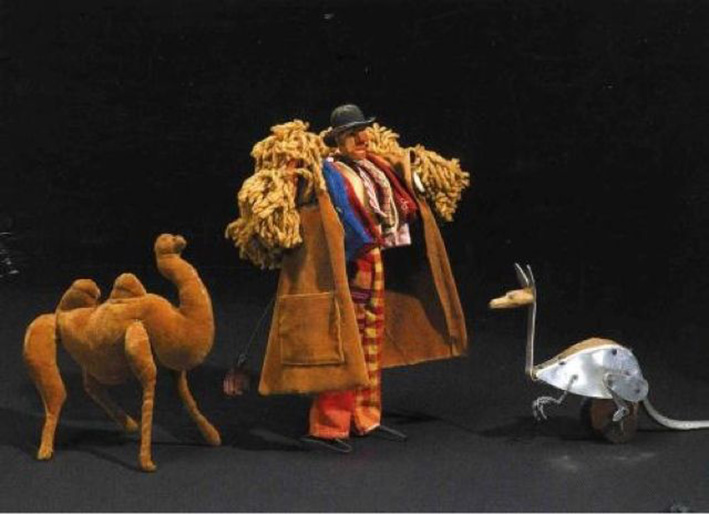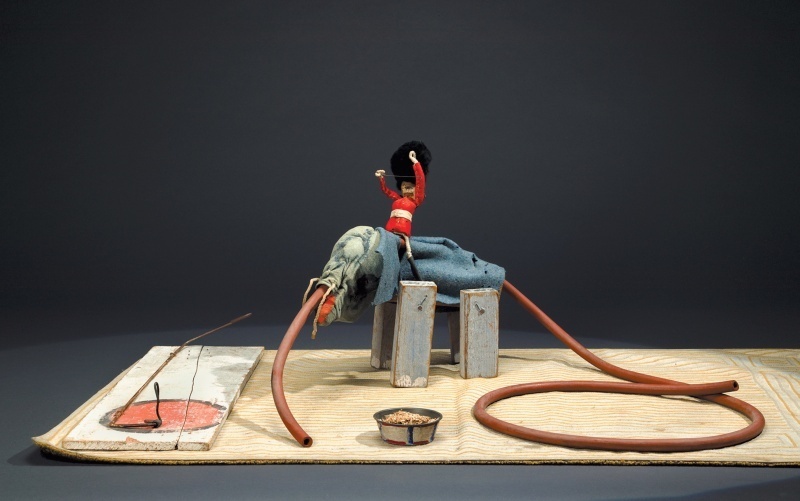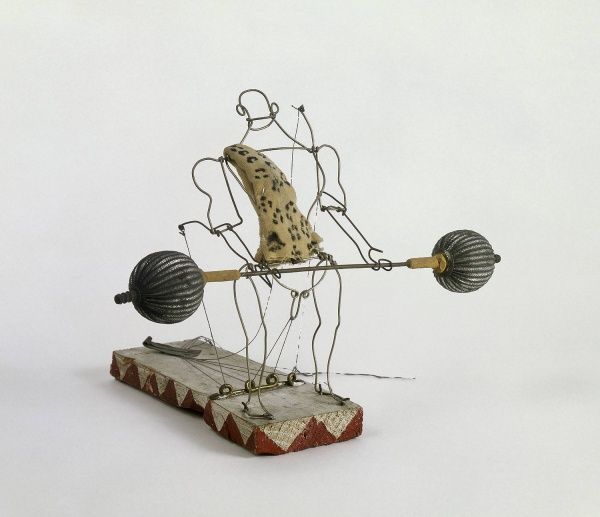For six years each summer The Cherry Tree Young Writers’ Conference at Washington College has opened its doors to 30 or more regional high school students wanting to immerse themselves in four-days of literary workshops, one-on-one meetings with working writers, panel discussions, and literary comradery.
Associate Rose O’Neill Literary House Director and Director of the Writers’ Conference Roy Kesey sees the intensive workshops as an opportunity for high school students to cultivate a sense of identity as writers and share their enthusiasm with established writers teaching poetry, fiction, non-fiction, and journalism. The previous six conferences were under the directorship of poet James Hall, also Director the Rose O’Neill Literary House.
Launched originally as an affiliate of the College’s national literary journal Cherry Tree, the conference has broadened WC’s reputation as a haven for aspiring writers while awarding each year the country’s largest undergraduate literary award.
Elyie Sasajima, this year’s recipient of the prestigious $80,000 Sophie Kerr Prize, attributed her transformative journey as a writer and her decision to attend Washington College to her attendance at the summer conference.
The 2023 Cherry Tree Young Writers’ Conference takes place July 11-14. Registration deadline: June 23, 2023; scholarship deadline, June 16, 2023.
The Spy recently interviewed conference director Roy Kesey.
This video is approximately six minutes in length. For more about Cherry Tree Young Writers Conference and to register, go here.

























